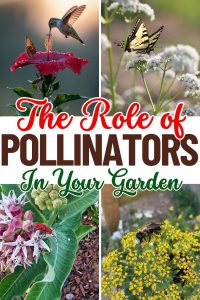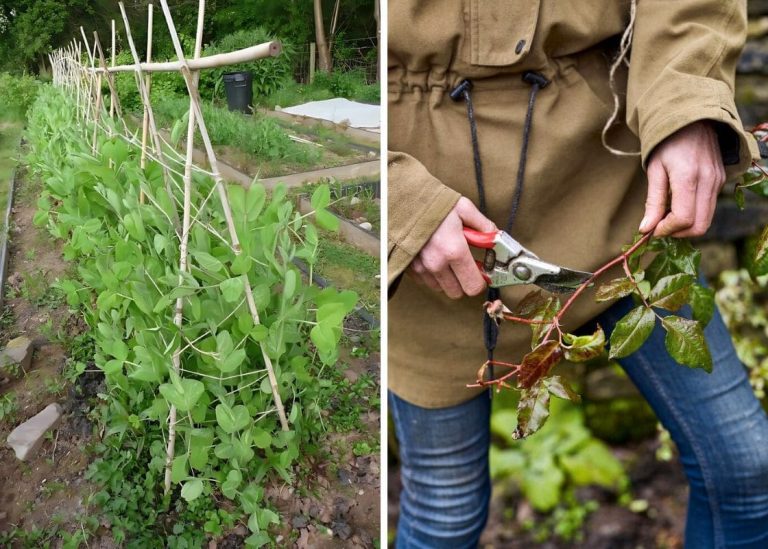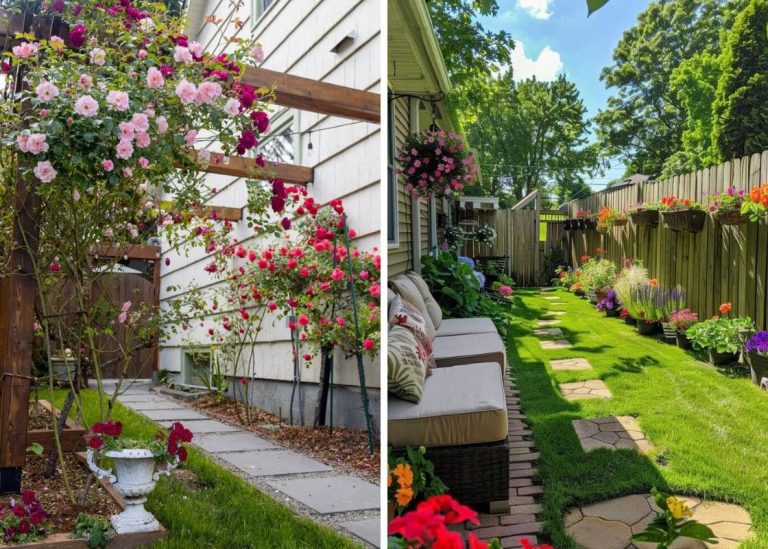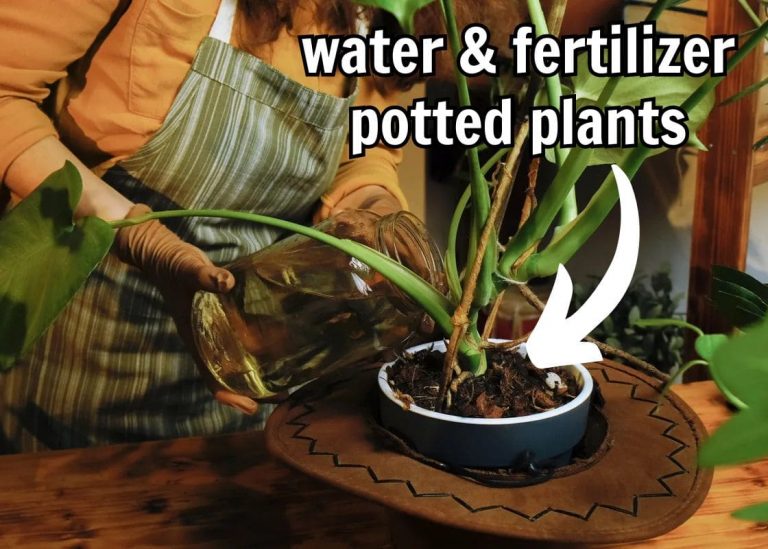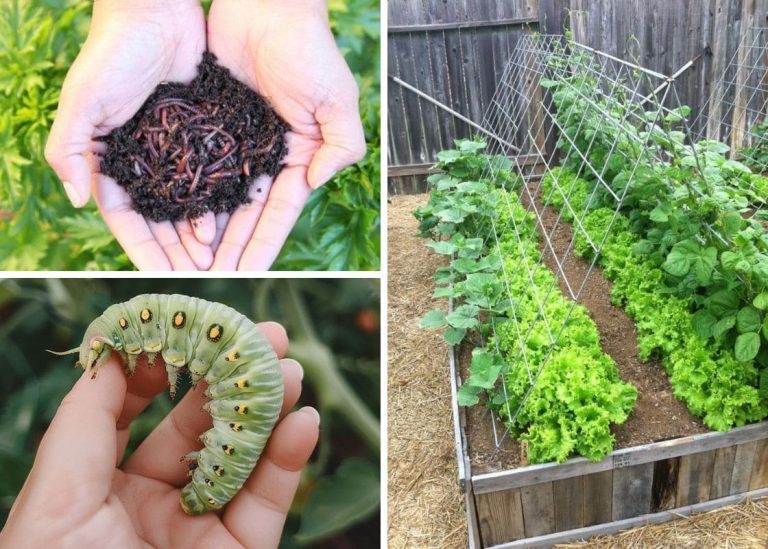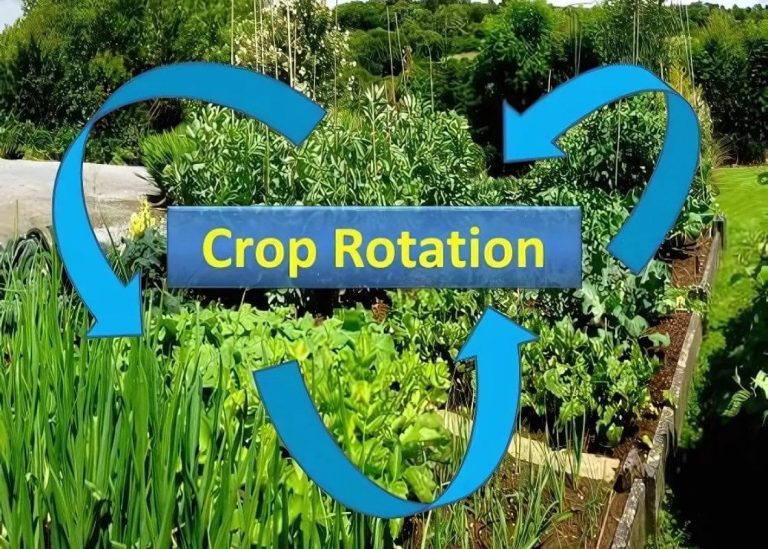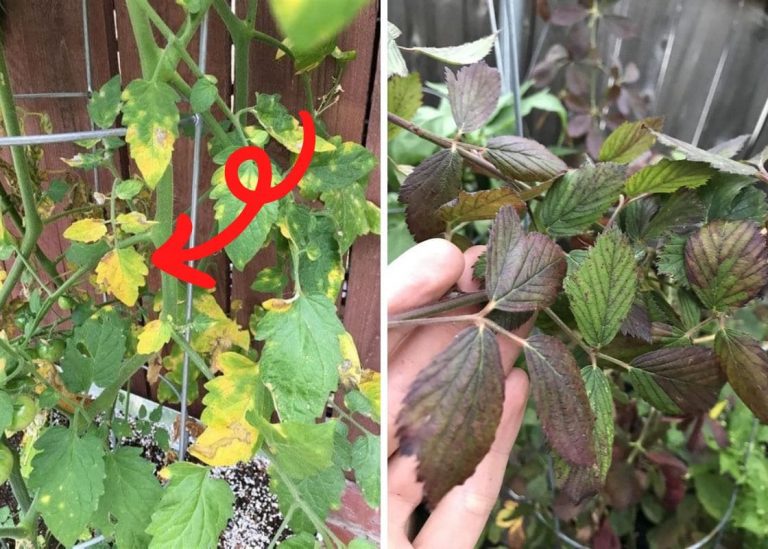The Role of Bees and Pollinators in Your Garden
I never truly appreciated the work of bees until I noticed what happened when they weren’t around.
A few summers ago, my zucchini plants were growing beautifully, lush green leaves, vibrant yellow flowers, but no fruit. I waited and waited, and still, nothing. Then I realized what was missing: pollinators.
Bees and other pollinators are the heartbeat of a thriving garden. Without them, many fruits, vegetables, and flowers wouldn’t produce at all.
I used to think of gardening as mostly about soil, water, and sunlight, but I’ve learned that pollination is just as important. The sight of a bee buzzing from flower to flower isn’t just charming, it’s essential to the life cycle of plants.
Why Pollinators Matter in the Garden
Pollination is how plants reproduce, and while some plants can self-pollinate, many rely on bees, butterflies, and other insects to transfer pollen from flower to flower. Without this process, you might see flowers bloom, but you won’t get the fruits, vegetables, or seeds that come afterward.
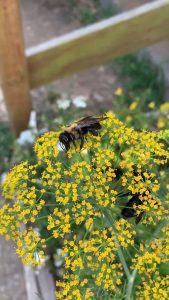
I noticed this firsthand with my cucumbers and squash. When the flowers weren’t being pollinated, the tiny developing fruit would wither away before it even had a chance.
After a bit of research, I realized that hand-pollinating with a small paintbrush could help, but it was no substitute for real pollinators doing their natural work.
Beyond just our gardens, pollinators are crucial to biodiversity and the health of ecosystems. About 75% of flowering plants depend on pollinators, meaning that without them, food supplies would shrink drastically.
The Different Pollinators in Your Garden
Bees are the most well-known pollinators, and for good reason. Honeybees and native bumblebees are some of the hardest workers in the garden.
I often spot them early in the morning, busy collecting nectar and pollen, seemingly unaware of just how much good they’re doing. Bumblebees, in particular, are great for crops like tomatoes, peppers, and blueberries because they vibrate the flowers just the right way to release pollen.
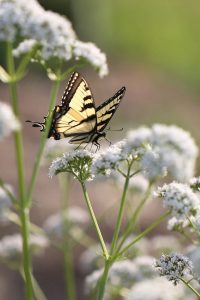
But bees aren’t the only pollinators doing important work. Butterflies, with their delicate, fluttering movements, are also effective at transferring pollen.
While they’re not as efficient as bees, their long proboscis allows them to reach deep into flowers, pollinating plants that bees might skip.
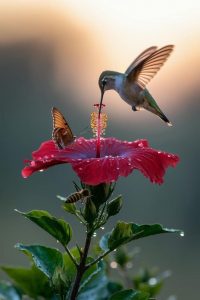
Then there are the hummingbirds, which I love watching as they dart from flower to flower.
These little birds are particularly drawn to tubular flowers like salvia and trumpet vine, where they help pollinate by brushing against the pollen-coated stamens.
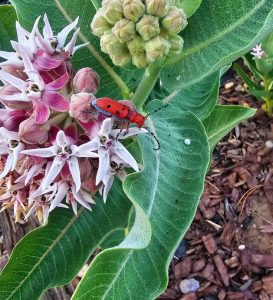
I’ve also come to appreciate less obvious pollinators like moths, beetles, and even ants. Moths, especially, are crucial for night-blooming flowers like evening primrose, while beetles assist in pollinating older plant species such as magnolias.
The more I’ve observed my garden, the more I realize how diverse and essential these creatures are.
How to Attract More Pollinators to Your Garden
After my zucchini mishap, I made it my mission to attract more pollinators. One of the simplest and most effective ways was planting a variety of flowers that bloom at different times.
Bees and butterflies need food sources from early spring through late fall, so I make sure to have plants like lavender, echinacea, sunflowers, and zinnias to keep them coming back.
I also stopped using chemical pesticides. It can be tempting to reach for a spray when you see pests, but many insecticides harm pollinators, even if they’re not the intended target.
Instead, I rely on natural pest control methods, like encouraging ladybugs and planting companion plants that deter harmful insects.
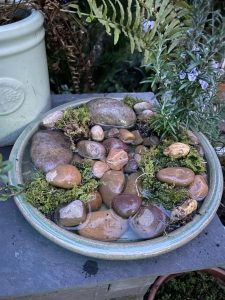
Another game-changer was adding a small water source. Bees and butterflies need water just like we do, so I set out shallow dishes with pebbles where they can safely land and drink.
Final Thoughts
Now, every time I see a bee buzzing in my garden or a butterfly landing on my flowers, I take a moment to appreciate the invisible yet powerful work they’re doing.
By planting flowers, avoiding chemicals, and creating a welcoming space for bees and butterflies, you’ll not only help your own garden flourish but also contribute to the health of the environment as a whole.
